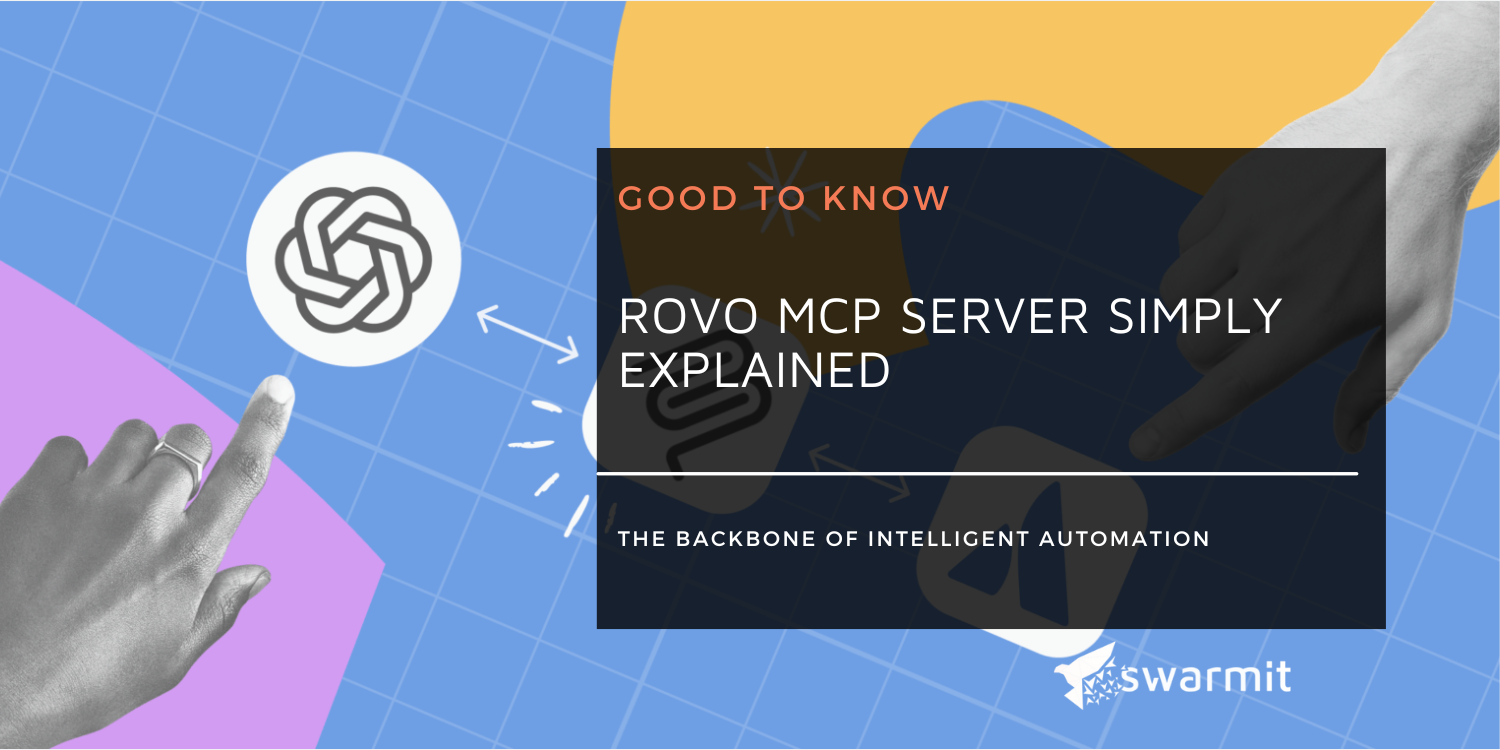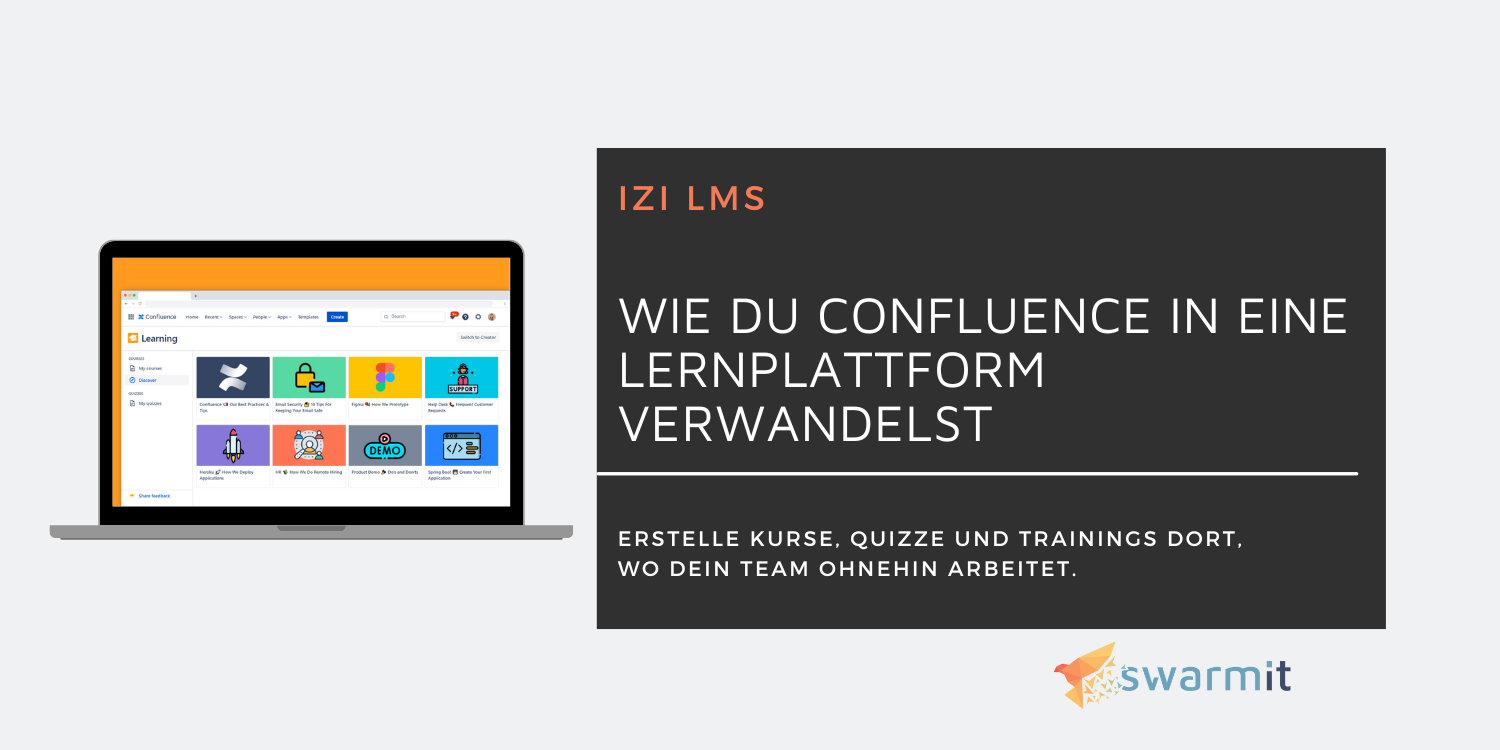5 tips to become a Gantt chart expert with Atlassian Confluence

Imagine you need to visualize a long-term project in the simplest possible way. What is the first solution that comes to mind? Most project managers would say that a Gantt chart can be a real life saver in this situation. With this powerful tool for project planning, you can display the sequence of the most important project phases and tasks as well as their duration in a chart. For this purpose, this is the most illustrative method to date.
Consider the following situation: You are responsible for a new project. Unexpectedly, the vice president of your company asked you for a detailed one-page project timeline, which you should review as soon as possible.
Let's take a look at what you currently have:
- all deadlines on separate sticky notes
- Distributed project tasks across multiple Confluence pages
- The most important events marked in the team calendar
They were given an hour to summarize all of this information on a Confluence page.
In this situation, it will help you Table Filter and Charts for Confluenceto complete this demanding task. In this blog post, we'll show you how to use the Chart from Table Macro, one of the app's three most popular macros, you can easily visualize your data with a Gantt chart.
Create the simplest Gantt chart in a few clicks
You can create a simple Gantt chart using a three-column table with information about the tasks and the start and end days.

Add the chart from the spreadsheet macro, select the chart type, and set the settings.
Caption column:
- Task type
Value column:
- Start day
- Day of the end

The chart is kept simple and clear. The diagram shows you all the main phases of the project. The system counts the number of days within each phase. If you hover over the bar, you can see the duration of the selected project phase.
Add task descriptions and completion bars
The previous chart looks good, but it can present the information even more effectively. The chart shows the required project scopes, but the time frames are not specified and are too long.
To make the chart more meaningful, you can divide each project phase into your current tasks. You add a task description column to the table and specify the duration of task completion.

Add the Completion column to the table to see the progress bars on the chart:
Caption column:
- Task type
- task description
Values column:
- Start day
- Day of the end
- finishing
You can use the bars to get more information about the progress of each task.

Show milestones
The chart looks much better now. Yet there is always room for improvement. The app also helps you add milestones to Gantt charts.
Milestones are important events in a project. If a milestone is incomplete, the team can't continue working. To display the milestones in your chart, you can insert the additional small table into a macro body. Do this in edit mode.

Then select Settings.
Captions column:
- Task type
- task description
- milestone
Values column:
- Start day
- Day of the end
- finishing
- date
The milestones are marked with an asterisk. When you hover over the asterisks, you can see detailed descriptions of the milestones.

Don't forget the planned activities
You can also chart the project's key activities to prioritize them and collaborate more effectively.
All you have to do is insert the event table into a macro body and set additional labels and value columns in the chart settings. The app allows you to add the “Today” event.

Add the correct columns to the settings.
Caption column:
- Task type
- task description
- milestone
- occurrences
Values column:
- Start day
- Day of the end
- finishing
- date
This means that when you open a page with a chart, you see the line that shows where you are right now. This gives you a bird's eye view of all project phases so you can see the time frame and progress of the project.

Finally, you can also define dependencies between tasks. This helps you understand what you need to prioritize and get done before you move on to the next phase.

If you want to focus on a specific period of time without losing the rest of the data, you can zoom in on the Gantt chart. Simply hold down the Ctrl key and turn your mouse wheel to zoom in or out on the chart. You can then move the chart by pressing Ctrl (Windows) or Alt (macOS) and dragging the chart in the desired direction.

Adjust your chart and share the results
All you have to do now is change the colors of the bars and adapt the titles to your brand book guidelines.

You can choose more appropriate colors for each type of task or task in particular.
If the app's default colors don't match your company's style or simply don't appeal to you, you can specify the colors for each task in a spreadsheet.

Select colors this list or enter your HEX codes

Now that you have all the information about the project, it's time to present the Gantt Chart you've created to your manager.
Here's how to share your Gantt chart with your manager and colleagues:
- export the Gantt chart or Confluence page to Word or PDF
- share the link to the page
Since your manager has asked you to show the project plan in Confluence, the second option is best.
Bonus tip: Make your Confluence tables and graphs look more professional
We created a Gantt chart from scratch using the Table Filter and Charts App created, but you can do so much more. Try this handy solution for free to discover all features:
With this app's easy-to-use and fully customizable macros, you can manage your spreadsheets in Confluence in no time. Try out how easy the table filters and charts features are and take your tables to the next level in Confluence.





.webp)





